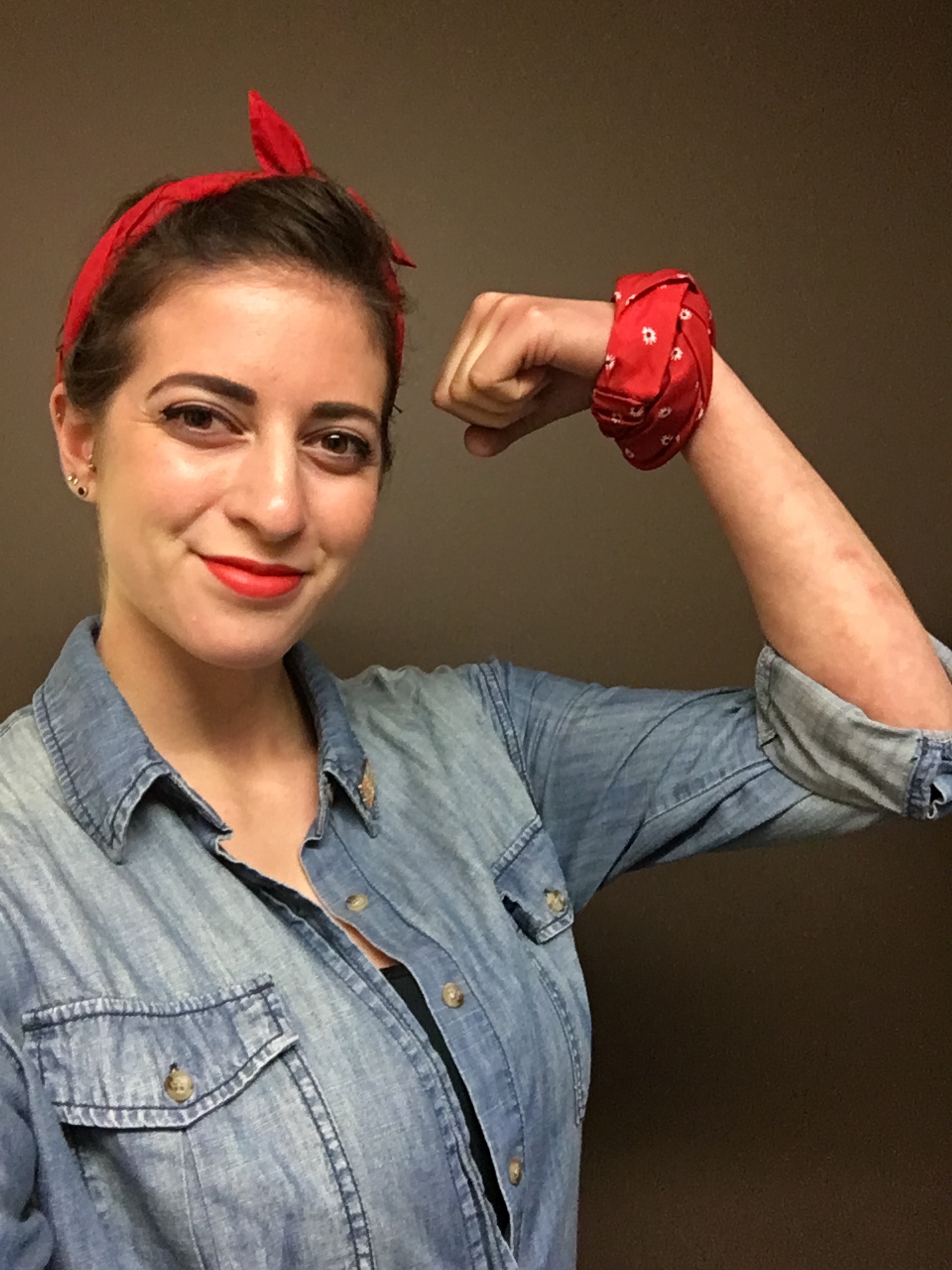Can I have your number?
a.k.a. Exploring MTA Turnstile Data

a.k.a. My first crack at data cleaning and analysis and the ‘pandas-monium’ that ensued
Project Objectives
- Get familiar with some basic, but essential data science tools
- See what it feels like to work with real world data
My First Attempt…it was not very pretty
Being excited and nervous about the first project/challenge was not exactly a recipe for success right away. I dove into the data on the first night and immediately starting making dictionaries out of lists, writing tons of for loops, copying and pasting code, and plotting things randomly. Long story short, I wrote a long, messy Jupyter Notebook that didn’t do much.
My Second Attempt…not so bad
I took a step back after we covered more Python Pandas functionality in lecture and after I thought about some of the problem areas with the data and took some time to organize.
- I organized the values of my dictionary into data frames instead of lists.
- This helped eliminate some of the for loops and take some of the guessing out of following the shape and size of the data.
- I binned the times of turnstile entries.
- Sometimes cumulative entries were recorded more than 6 times in one day, which lead to some issues, especially with plotting. I used pd.resample() to bin the times and entries into the same four hour intervals throughout the six weeks I decided to look at.
- I eliminated outliers, especially the ones that suggested that half the world used the same
subway station during a four hour period.
- Clearly the turnstiles were not always the most accurate as there were occaisonal values in the high hundreds of millions of entries. Those values a) did not make sense in terms of real life, b) made visualizations look shoddy, and c) skewed the data from giving any useful information. So, I went through six weeks of entry data, by the 4 hour time periods, to find the max value of each time chunk for each turnstile. I wanted to get an idea of what a reasonable value was for one turnstile during one interval. I decided to cap entries per interval at 10,000 because that fell in between where the majority of values were and the 20 or so significant outliers.
- I also eliminated turnstiles that had all zero entries for all six weeks.
- It seemed unlikely that no one would enter a station for six weeks and since it was not a huge fraction of the turnstiles, I felt comfortable assuming that those units were either broken or removed at some point.
Some closing thoughts
In the end when I took ridership totals across the six weeks, I came up with some expected stations, but also without some. Penn Station did not make my top ten, neither did Grand Central, and Times Square barely squeezed in there. I am not sure where I went wrong yet, but I cannot contribute those red flags to it being a weird spring of 2017. I am looking forward to learning more and starting the next project. I feel a little more comfortable with a couple Python tools and plotting data, but data cleaning, justifying decisions, and coding ettiquette still have a long way to go.
Thanks!
